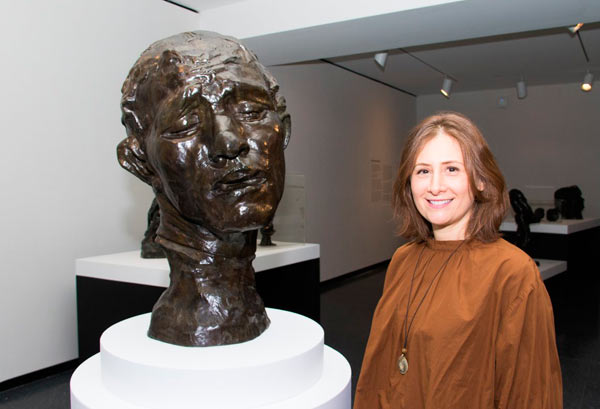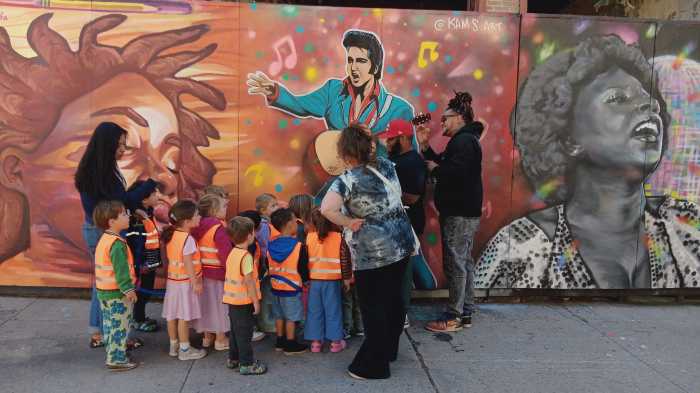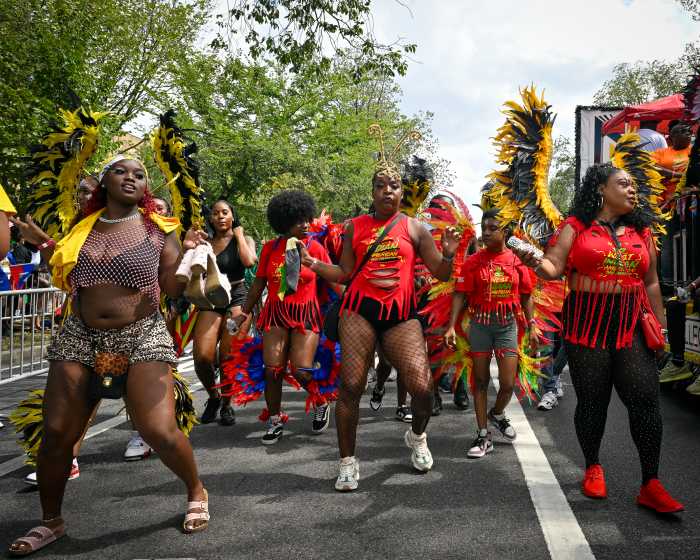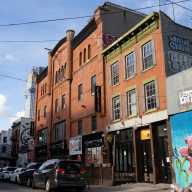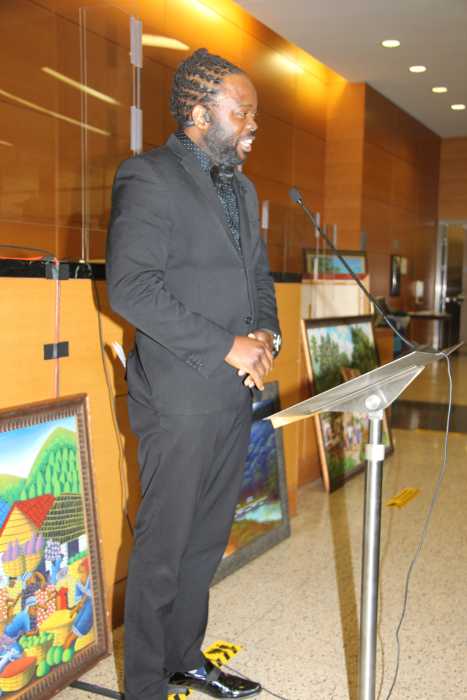Go for the bronze!
The Brooklyn Museum will honor the iconic sculptor of “The Thinker,” Auguste Rodin, on the centenary of his death with an exhibit featuring 58 of his signature bronze sculptures. “Rodin at the Brooklyn Museum: The Body in Bronze,” which opens on Nov. 17, features some of the French sculptor’s most expressive work and highlights his distinct aesthetic, according to its curator.
“We wanted to really highlight Rodin and his significance as sort of the first modern sculptor,” said Lisa Small, who oversees the museum’s European art collection. “Taken in context, he was such a remarkable departure from his time with what he was doing with sculpture.”
Rodin, born in Paris in 1840, drew upon history, mythology, and literature when crafting his sculptures. But he portrayed his subjects as flawed, wracked by guilt, anger, and other dark emotions — a stark contrast to other artists of his era, who favored idealized portrayals of serenely beautiful subjects, said Small.
“He really focused on the idea of the body as this real container to make emotional and psychological states legible,” she said.
The exhibit features figures from some of Rodin’s most monumental works, including a bust of French writer Victor Hugo and one of the condemned women from Rodin’s “Gates of Hell” sculpture, inspired by Dante’s “Divine Comedy.”
Another large piece, “Monument to the Burghers of Calais,” commemorates the agony of six men who volunteered to sacrifice themselves in order to free the French city of Calais from British control during the Hundred Years’ War. Rodin’s agonized depiction of the men exemplifies his willingness to eschew traditional notions of glory, said Small.
“He produced six figures that are literally tortured by the internal decision that they’ve made — head in hands, clenched fists, dragging feet. It’s almost anti-heroism,” she said.
The exhibit’s 58 figures were given to the museum in 1983 by the foundation of art collectors Iris and B. Gerald Cantor, who had amassed more than 700 works by Rodin. Some of the sculptures have rotated through the museum during the past three decades, but this is the first time they will all be exhibited together.
Those who visit the exhibit should prepare to have an emotional response to the expressive figures, said Small.
“The sculptures really capture bodies that are moving from within — moving in both sense of the word, in sense of motion and of emotion,” she said. “It’s hard to not respond to these sculptures viscerally.”
“Rodin at the Brooklyn Museum” (200 Eastern Parkway at Washington Avenue in Prospect Heights, www.brook



